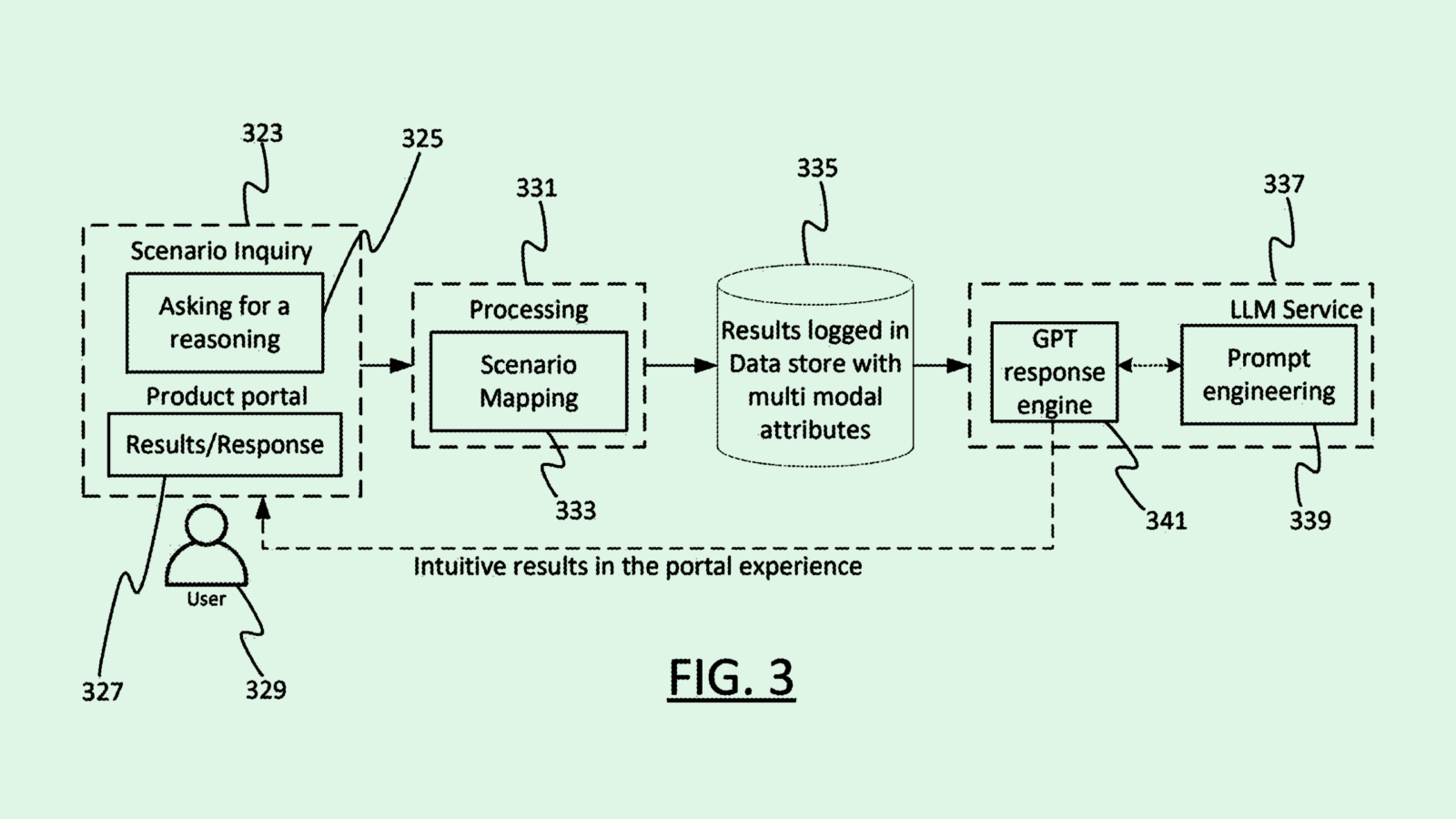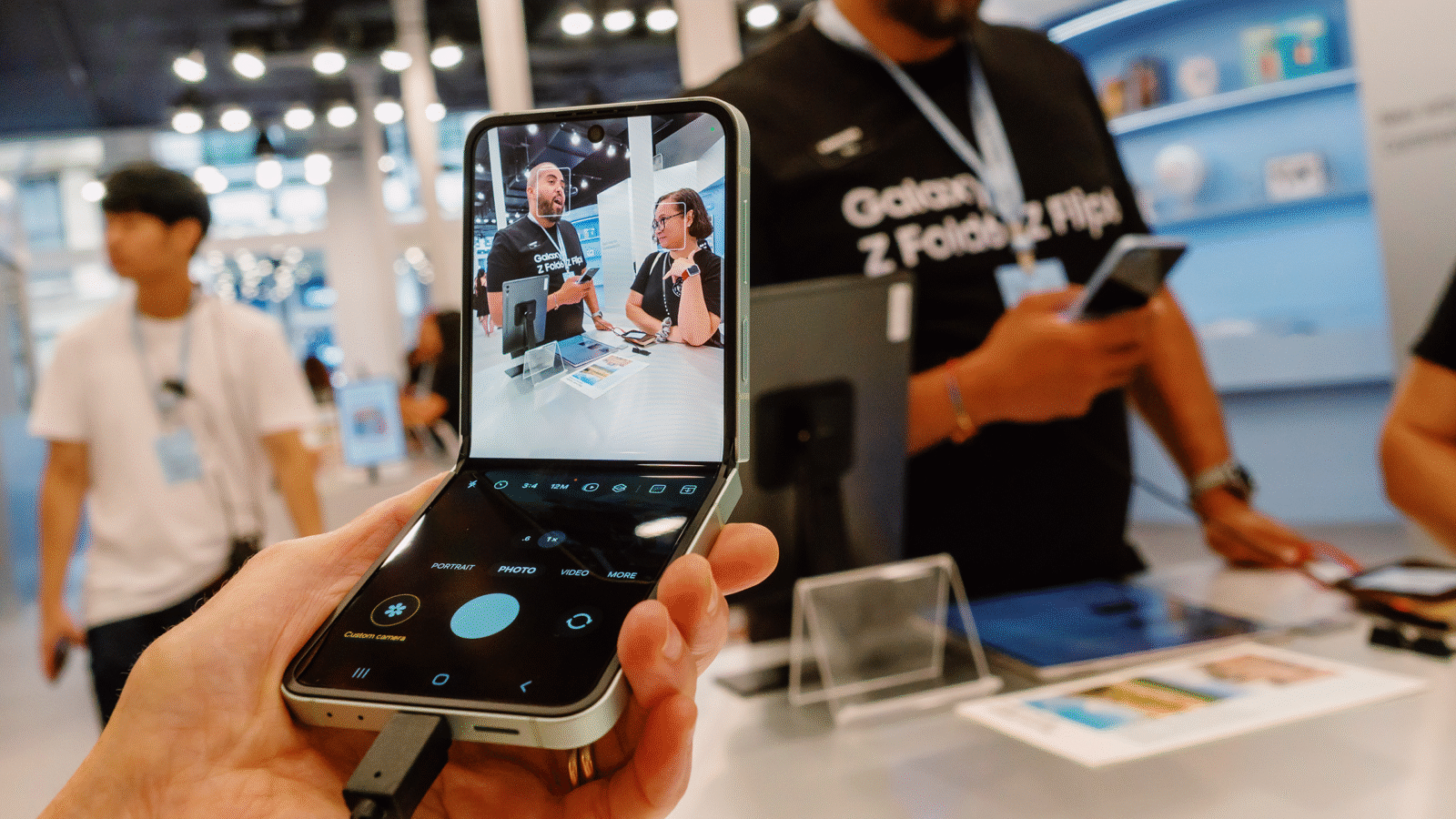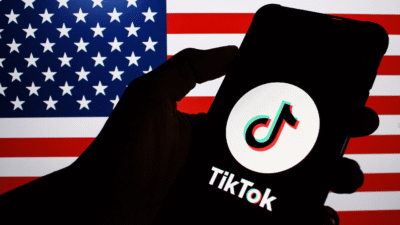Gender Gap Narrows in US Tech Industry
Things still aren’t great, but they’re better with females now comprising 35% of the industry workforce.

Sign up for smart news, insights, and analysis on the biggest financial stories of the day.
Tech is still a boy’s club. Just slightly less so.
While men still dominate the computer programming and related services industry, women have made inroads since the start of the pandemic, according to recently released data from the US Bureau of Labor Statistics. If any newly hired female coders have to return to the office, please be wary of the smell.
Tech-tonic Shift
True gender parity in tech isn’t here yet — or even particularly close. Women accounted for 35% of workers in the field last year, per BLS data, up from 31% in 2019 and good for about 900,000 of the 2.5 million tech jobs in the US. That’s still dismal enough for Karen Blake, co-CEO at the diversity-promoting industry group Tech Talent Charter, to tell the Financial Times this weekend that “the chasm is gigantic,” adding that the made-up ground still “feels a little bit like drops in oceans.”
But pandemic-era forces are still reshaping the industry. Overall industry expansion has played an important role, with the number of tech jobs increasing by 15% between December 2019 and December 2023, per BLS data, or 10 times the rate of increase compared to the overall labor pool. The rise of remote work has played a role, with women more likely to fill jobs that require less in-office time. But even then, tech’s gender gap remains far wider than many job sectors — though the gap is even bigger abroad:
- In the US, women account for almost exactly half of management consulting roles, 55% of financial services roles, and 65% of legal services positions.
- In the European Union, the tech gender gap remains massive. Women accounted for just 25% of tech positions at the end of 2023, according to official EuroStat data, up slightly from 23% in 2019.
AI Initiation: Looming over everything is the gender-agnostic (we think) specter of artificial intelligence. So far at least, coding and software engineering remains one of the most effective use cases of ChatGPT and similar tools — with generative AI proving itself far more adept at coding than it is at, say, writing a script for an unsanctioned Willy Wonka-themed children’s play/interactive experience. The emergence of AI in tech workspaces coincides exactly with an industrywide effort toward cost-cutting, with even more layoffs being announced last week including at Bumble, Sony, and Electronic Arts.











